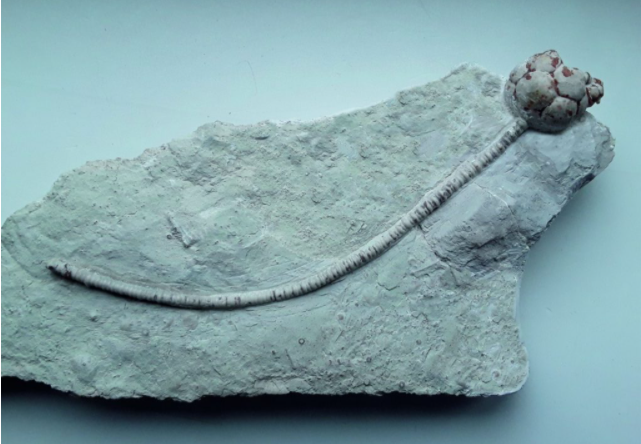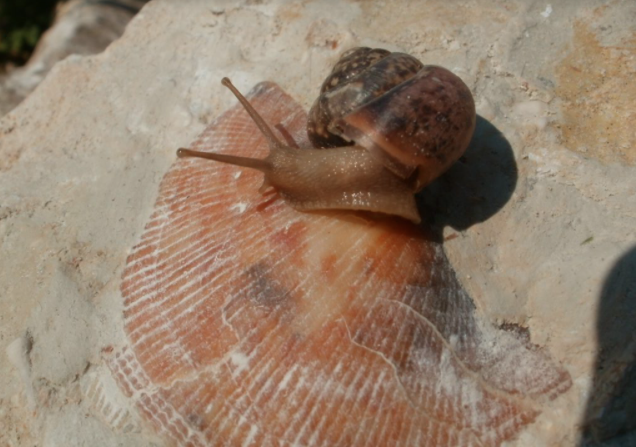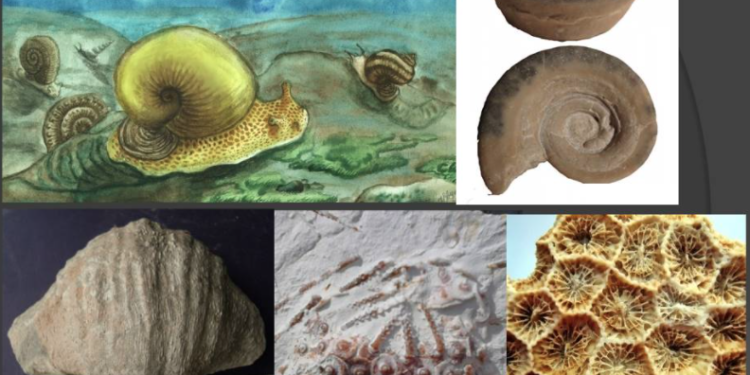First residents
550 million years ago, our region was in the southern hemisphere and slowly moved to the equator. The shallow warm sea splashed. But the tropical resorts were empty. Trilobites, that’s who ruled in those days! A huge number of trilobites. Crawling, floating, digging in silt. All varieties and sizes, ten thousand different species. Scientists know everything about them: how they lived, what they ate, how they hunted. They don’t only know where they came from on our planet and why they died out without leaving anyone behind.
Ah, what wonderful eyes they had! Sometimes people undergo an operation – an artificial lens is transplanted, if one gets clouded. And trilobites immediately had such an artificial lens, and not one, but 700 pieces in each eye.
Petrified trilobite shells are very popular for collecting. Many even make tattoos with their image.
Lived and bryozoans are tiny creatures with tentacles. They were the first to come up with a division of labor – some residents of the colony were engaged in construction, others – reproduction, and others – protection. These small, generally brainless inhabitants of the sea were able to throw garbage so that it did not fall on the heads of those living nearby. Remember your neighbors?
These and other inhabitants of the sea can be found in the vicinity of the city of Vyshny Volochyok. Right on the fields come across their petrified remains. But this is what the glacier brought from the Leningrad and Novgorod regions.
Rise from the depths
The sea began to chalk, and for 30 million years we had land. Then the land began to slowly sink, lagoons, bays and, again, the sea appeared.
The fossilized sediment of the seabed of that time is shallow – in Toropets 50 meters, in the Western Dvina 45 meters. But in the area of Selishche, Redkino is already deeper – 200-300 meters. This was the kingdom of the first fish, their body was covered with armor from thick plates they are called – armored fish.
330 million years ago all those who are supposed to live in the sea already lived in the sea. In the vicinity of the cities of Rzhev and Staritsa we find fossils of sea urchins, sea lilies, starfish, various corals, all kinds of shells, fish teeth. But the sea was slowly becoming shallow, retreating from the side of Nelidovo towards Moscow.
In those days, the climate was warm and humid; on the wetlands, horsetails and ferns splendidly grew. When falling, they were sucked in by marshy soil, therefore they did not rot and, over time, turned into coal. Nelidov brown coal mines and limestone quarries – this is the result of that time. 250 million years ago, the sea finally receded. And the time has come for dinosaurs.















